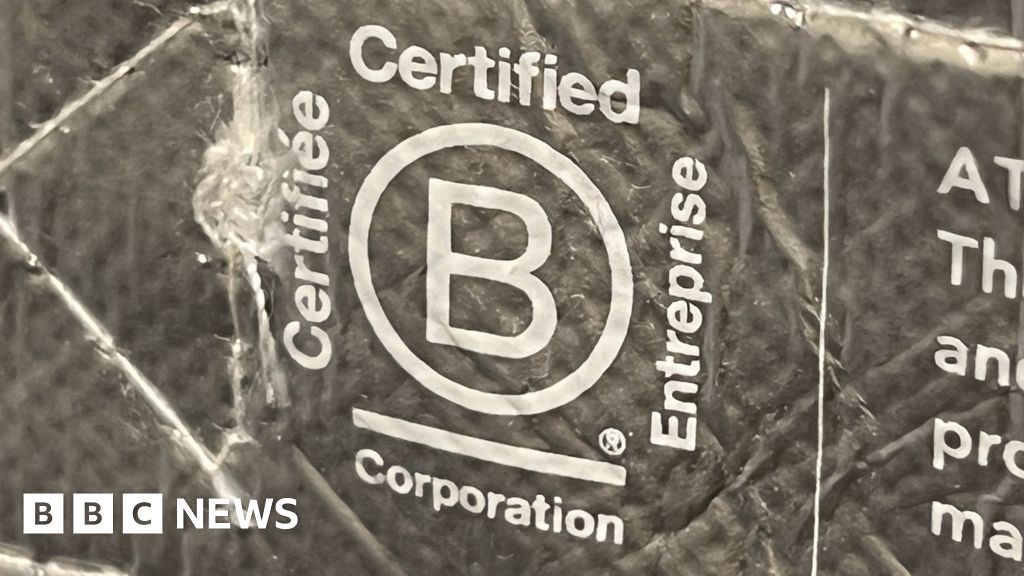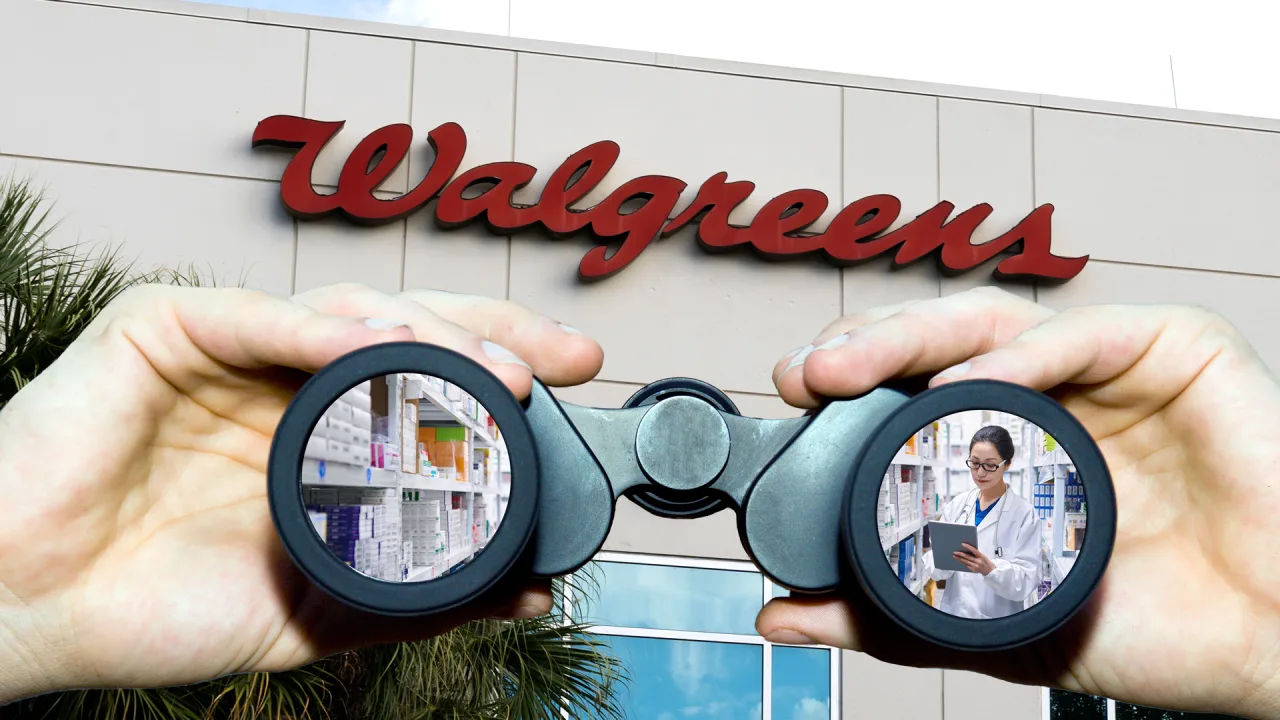Understanding Small Business Customer Expectations for Success

Key Takeaways

- Understanding Customer Expectations: Small businesses must prioritize recognizing customer expectations as they directly influence purchasing decisions and overall satisfaction.
- Key Factors Influencing Expectations: Focus on delivering high-quality products, timely service, personalized interactions, consistent communication, and staying in tune with market trends to meet customer expectations effectively.
- Effective Strategies for Alignment: Regularly assess customer needs, invest in employee training, personalize experiences, leverage technology, and implement loyalty programs to enhance service quality and foster loyalty.
- Importance of Customer Feedback: Encourage customer feedback to make timely adjustments, reinforce positive experiences, identify trends, and engage with customers to build trust and loyalty.
- Adapt to Changing Expectations: Small businesses must evolve with changing customer expectations and market demands by staying flexible and utilizing customer insights for ongoing improvement.
- Embrace Technology for Competitive Advantage: Implementing technology to streamline operations and enhance customer experiences is crucial for meeting modern consumer demands in both physical and digital environments.
In today’s fast-paced market, understanding customer expectations is crucial for small businesses. As consumers become more discerning, they demand not just quality products but also exceptional service. Meeting these expectations can set your business apart from the competition and foster long-lasting relationships with your customers.
You might think that small businesses have less pressure when it comes to customer service, but the reality is quite the opposite. Customers often expect a personal touch and quick responses from smaller companies. By recognizing and adapting to these expectations, you can create a loyal customer base that champions your brand and drives growth.
Understanding Small Business Customer Expectations

Understanding customer expectations is crucial for the success of your small business. Customers expect not only quality products from your retail storefront but also prompt, personalized service that sets you apart from competitors. Meeting these expectations can significantly enhance customer loyalty and support your growth.
Importance of Customer Expectations
Customer expectations shape their purchasing decisions. When you consistently meet or exceed these expectations, you foster repeat business and encourage positive reviews. Customers in retail environments often look for quick responses, knowledgeable staff, and a seamless shopping experience. Recognizing the importance of customer expectations helps you design effective strategies to retain clientele and build a strong reputation.
Key Factors Influencing Expectations
Several key factors influence customer expectations in small businesses:
- Quality Products – High-quality products establish trust and meet customer satisfaction.
- Timely Service – Fast and efficient service enhances the customer experience, leading to repeat visits.
- Personalized Interactions – Tailoring your approach based on individual customer needs fosters loyalty and connection.
- Consistent Communication – Regular updates and clear communication improve customer confidence.
- Market Trends – Adapting to current trends keeps your business relevant and aligned with customer desires.
By addressing these factors, you can better align your offerings with what customers expect, enhancing their overall experience and supporting your business’s success.
Meeting Customer Expectations

Meeting customer expectations is essential for small businesses, especially in retail and storefront environments. You must recognize that consumers look for quality products combined with exceptional service. Addressing these needs can set you apart from competitors and drive your success.
Strategies for Small Businesses
- Understand Customer Needs: Regularly assess what your customers expect from your products and services. Use surveys or direct interactions to gather insights.
- Train Employees: Invest in training your staff to provide outstanding customer service. Empower them to respond quickly and effectively to customer inquiries.
- Personalize Experiences: Tailor your approach for each customer. Use their names, remember their preferences, and provide personalized recommendations.
- Leverage Technology: Use CRM systems to streamline customer interactions and improve service efficiency. Automated responses can address common questions promptly.
- Implement Loyalty Programs: Encourage repeat business by establishing rewards for loyal customers, such as discounts or exclusive offers.
Role of Customer Feedback
Customer feedback plays a crucial role in shaping your small business strategy. Encourage patrons to share their thoughts through surveys or reviews, both online and in-store.
- Quick Adjustments: Utilize feedback to make immediate changes that enhance customer satisfaction. Addressing complaints promptly shows customers that you value their input.
- Positive Reinforcement: Highlight positive feedback in your marketing materials. Showcase testimonials that demonstrate satisfied customers to attract new clientele.
- Identify Trends: Analyze feedback for patterns in customer preferences. Staying attuned to these trends can keep your product offerings relevant and appealing.
- Foster Engagement: Respond to feedback publicly. Engaging with customers after they share their thoughts builds trust and reinforces loyalty.
By implementing these strategies and valuing customer feedback, you can successfully meet and exceed customer expectations, driving growth for your small business.
Challenges Faced by Small Businesses

Small businesses often grapple with various challenges that affect their ability to meet customer expectations. Recognizing these hurdles can empower you to adapt and thrive in a competitive market.
Common Misunderstandings
Many small businesses mistakenly believe that personal service alone suffices to satisfy customer expectations. While personalized experiences are crucial, consumers increasingly seek quality, promptness, and consistency. You might think that storefront charm alone can attract customers, but without addressing complaints or product issues quickly, your brand can suffer. Another misconception revolves around technology; assuming it’s only for larger companies can hinder your efficiency and customer interactions. Embracing technology, even in a retail setting, can streamline operations and enhance customer satisfaction.
Adapting to Changing Expectations
Customer expectations evolve, often influenced by trends and innovations in retail. Staying attuned to these changes is vital for small businesses. If your products or services do not align with current market demands, you risk losing your customer base. To adapt effectively, regular communication through surveys and feedback channels can help you gauge customer preferences. Implementing adjustments in your operations or offerings based on this feedback can lead to improved loyalty and repeat purchases. By remaining flexible and proactive, you can turn these challenges into opportunities for growth and deeper customer connections.
Future Trends in Customer Expectations

As the retail landscape evolves, small businesses must stay ahead of emerging customer expectations to thrive. Understanding these trends helps you enhance the customer experience in your storefront and online interactions.
Impact of Technology
Technology plays a crucial role in shaping customer expectations. Customers expect seamless digital experiences, whether they’re shopping online or in your physical storefront. Mobile apps and websites should be user-friendly, allowing easy navigation and fast checkouts. Implementing chatbots can provide instant assistance, addressing inquiries promptly. Data analytics also enable you to personalize marketing strategies based on customer preferences. By utilizing technology effectively, you enhance customer satisfaction, creating a competitive advantage for your small business.
Evolving Consumer Behavior
Consumer behavior is rapidly changing, driven by factors like convenience and personalization. Customers increasingly prefer personalized shopping experiences, which require you to understand their needs and preferences. Social media influences buying decisions, making it essential to engage your audience regularly. Transparency and authenticity are crucial; customers want to support businesses that align with their values. Incorporating eco-friendly practices or supporting local causes can strengthen customer loyalty. By adapting to these evolving behaviors, you can create meaningful connections that result in repeat business and positive word-of-mouth.
Conclusion

Understanding and meeting customer expectations is essential for your small business’s success. By focusing on quality products and exceptional service you can create a loyal customer base that not only returns but also spreads the word about your business.
Stay attuned to evolving trends and leverage technology to enhance customer interactions. Regularly seek feedback to adapt your strategies and respond to changing preferences.
Remember that transparency and authenticity resonate with consumers. Aligning your business values with those of your customers can foster deeper connections and drive repeat business. Embrace these insights to thrive in a competitive landscape and ensure your business stands out.
Frequently Asked Questions

What are customer expectations for small businesses?
Customer expectations for small businesses include high-quality products, exceptional service, personalized interactions, and timely responses. Customers seek a personal touch and consistent communication, which can differentiate businesses in a competitive market.
Why is understanding customer expectations important?
Understanding customer expectations is crucial for small businesses because it shapes purchasing decisions. Meeting or exceeding these expectations fosters customer loyalty, encourages repeat business, and generates positive reviews, ultimately supporting growth.
How can small businesses meet customer expectations?
Small businesses can meet customer expectations by utilizing surveys to understand customer needs, providing employee training for outstanding service, personalizing experiences, leveraging technology for efficient interactions, and implementing loyalty programs.
What challenges do small businesses face in meeting customer expectations?
Challenges include misconceptions about the sufficiency of personal service, the demand for promptness and quality, and the need to adapt to changing consumer preferences. Regular feedback is necessary to adjust strategies effectively.
What future trends are influencing customer expectations?
Future trends influencing customer expectations include a demand for seamless digital experiences, personalized shopping, and a focus on social media engagement. Customers are also increasingly valuing transparency, authenticity, and eco-friendliness from businesses.
Image Via Envato
This article, "Understanding Small Business Customer Expectations for Success" was first published on Small Business Trends
What's Your Reaction?
 Like
0
Like
0
 Dislike
0
Dislike
0
 Love
0
Love
0
 Funny
0
Funny
0
 Angry
0
Angry
0
 Sad
0
Sad
0
 Wow
0
Wow
0



























































































